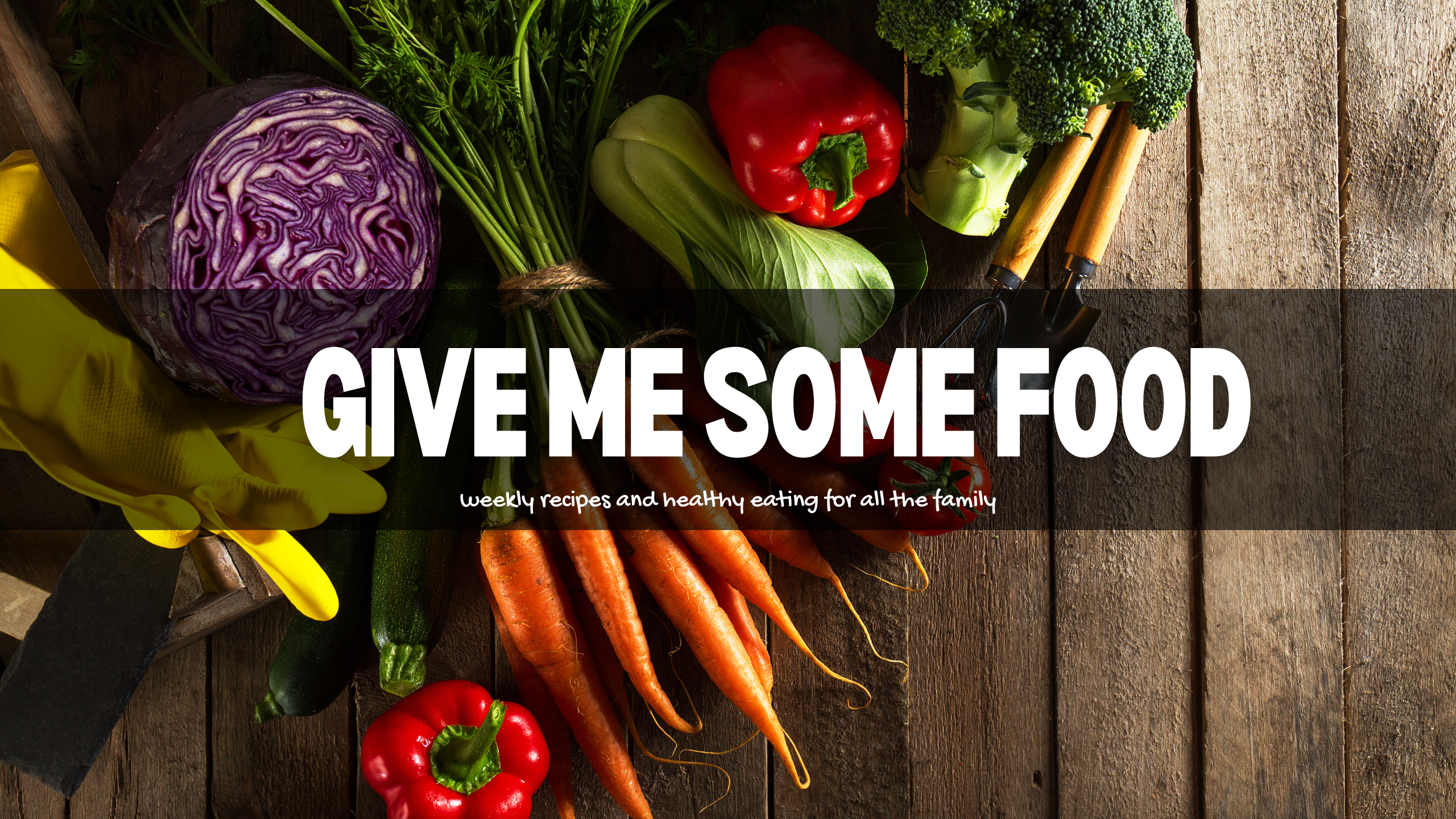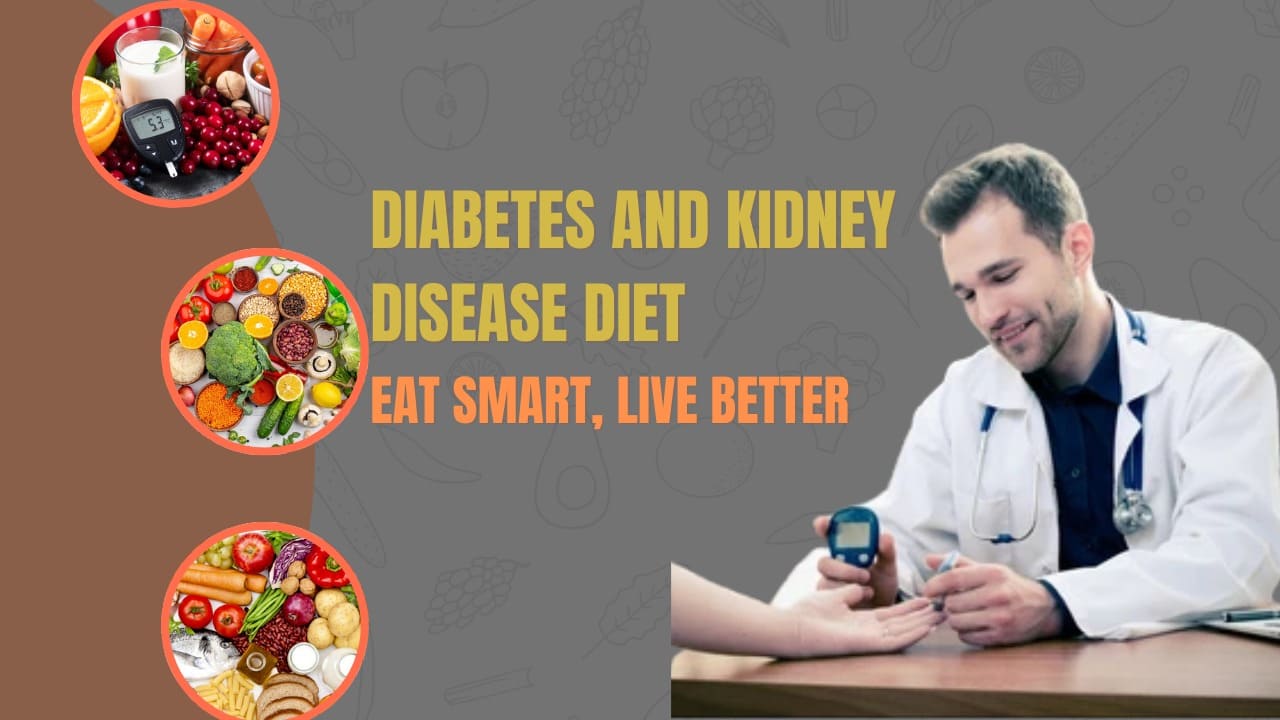Diabetes and kidney disease diet is essential for people facing both conditions, as they often go hand in hand. High blood sugar levels over time can damage the kidneys’ delicate filtration system, leading to diabetic nephropathy—a serious complication. Without proper control, this can progress to chronic kidney disease (CKD), which further complicates diabetes management.
To manage this dangerous combination, dietary choices play a critical role. A diabetes and kidney disease diet typically includes low-sodium, low-potassium, and low-phosphorus foods, along with limited sugar and refined carbs. It emphasizes whole grains in moderation, lean proteins, heart-healthy fats, and fresh vegetables that are kidney-friendly.
Creating a personalized diabetes and kidney disease diet with the help of a dietitian can ease symptoms, stabilize blood sugar, and protect kidney function. With careful planning and consistency, individuals can take control of their health, prevent complications, and improve overall well-being despite these chronic conditions.
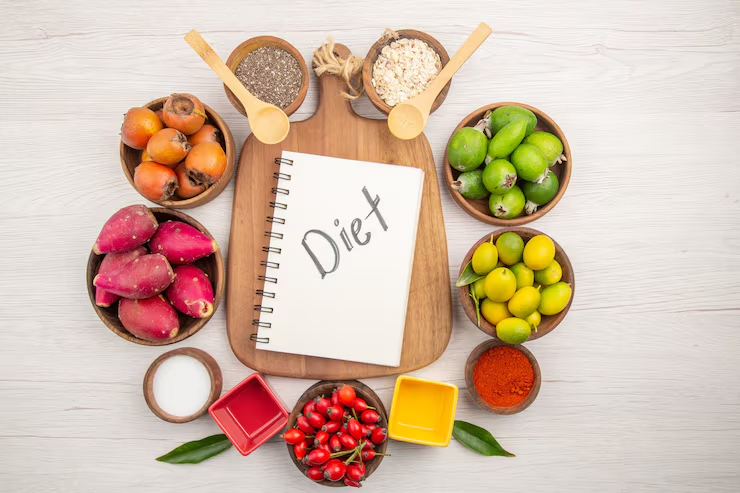
What is Diabetes ?
Diabetes and kidney disease diet plays a critical role in managing the effects of diabetes, a chronic metabolic condition marked by elevated blood glucose levels. This condition arises when the body either doesn’t produce enough insulin (Type 1) or becomes resistant to insulin’s effects (Type 2). Uncontrolled diabetes can damage blood vessels and vital organs over time.
One of the most serious complications of long-term diabetes is kidney disease. The kidneys, which filter waste from the blood, can become damaged due to persistent high sugar levels. This condition, known as diabetic nephropathy, may lead to chronic kidney disease or even kidney failure if not addressed early and properly.
Adopting a targeted diabetes and kidney disease diet is essential for preserving kidney function while keeping blood sugar levels in check. Such a diet typically limits sodium, potassium, phosphorus, and added sugars—focusing instead on balanced, nutrient-rich, and kidney-friendly foods for better long-term health.
What is Kidney Disease ?
Diabetes and kidney disease diet is essential for individuals diagnosed with chronic kidney disease (CKD), especially when diabetes is also present. Kidney disease involves the gradual decline of kidney function, making it harder for the body to remove waste and maintain fluid and mineral balance.
The kidneys filter out toxins and excess fluids from the bloodstream, but when damaged—often due to uncontrolled blood sugar—they lose efficiency. This can result in a buildup of waste in the body, leading to fatigue, swelling, high blood pressure, and other serious complications. Diabetics are especially at risk, as high glucose levels can strain kidney blood vessels over time.
A well-structured diabetes and kidney disease diet focuses on controlling both blood sugar and the intake of kidney-sensitive nutrients like sodium, potassium, phosphorus, and protein. By following this dietary approach, individuals can help slow the progression of CKD while managing their diabetes effectively for a better quality of life.
How Are Diabetes and Kidney Disease Connected ?
Diabetes and kidney disease diet plays a crucial role in managing diabetic nephropathy, a condition where high blood sugar damages the kidneys’ filtering units. When blood glucose remains elevated for extended periods, it can weaken and scar the small blood vessels in the kidneys, impairing their ability to remove waste efficiently.
This damage often progresses silently, leading to chronic kidney disease (CKD) over time. In fact, diabetic nephropathy is one of the leading causes of CKD worldwide. Studies show that nearly 1 in 3 people with diabetes are at risk of developing kidney complications, making early intervention vital.
Following a targeted diabetes and kidney disease diet helps reduce strain on the kidneys while maintaining stable blood sugar levels. Such a plan limits sodium, phosphorus, and protein intake, focuses on low-glycemic foods, and emphasizes hydration and balanced nutrition. This approach helps slow kidney damage progression and improves overall metabolic control in diabetic individuals.
Why Diet Matters in Managing Diabetes and Kidney Disease
Food plays a central role in managing both conditions. The right diet can:
Stabilize blood sugar levels
Lower blood pressure
Reduce kidney strain
Prevent further damage
Improve overall well-being
Unlike a one-size-fits-all solution, a diet for people with diabetes and kidney disease must be carefully balanced, personalized, and nutrient-focused.
When Should Dietary Changes Be Made ?
Diabetes and kidney disease diet should be adopted as early as possible—ideally right after diagnosis. The earlier you begin, the better your chances of slowing disease progression and preventing long-term complications. Delaying dietary intervention can allow irreversible damage to the kidneys and make blood sugar management more difficult.
When diabetes and kidney disease occur together, nutritional management becomes even more critical. A specialized diet tailored to both conditions helps control blood glucose levels, reduce pressure on the kidneys, and minimize fluid retention and toxin buildup. Small changes, such as reducing sodium and processed food intake, can make a big difference.
Be alert to symptoms like frequent urination, swelling in the feet or ankles, fatigue, or changes in appetite. These may signal worsening kidney function. In such cases, consulting a dietitian experienced in diabetes and kidney disease diet planning is vital. A customized meal plan can enhance quality of life and support long-term health.
How Does the Right Diet Help ?
A carefully curated diet can:
Slow kidney function decline
Reduce the need for dialysis or transplant
Improve glucose and lipid control
Support a healthy weight
Reduce risk of heart disease
Let’s now explore the top 8 diet tips for people living with both diabetes and kidney disease, complete with explanations, benefits, and food ideas.
🌿 Top Diet Tips for Managing Diabetes and Kidney Disease
Control Your Carbohydrates Wisely
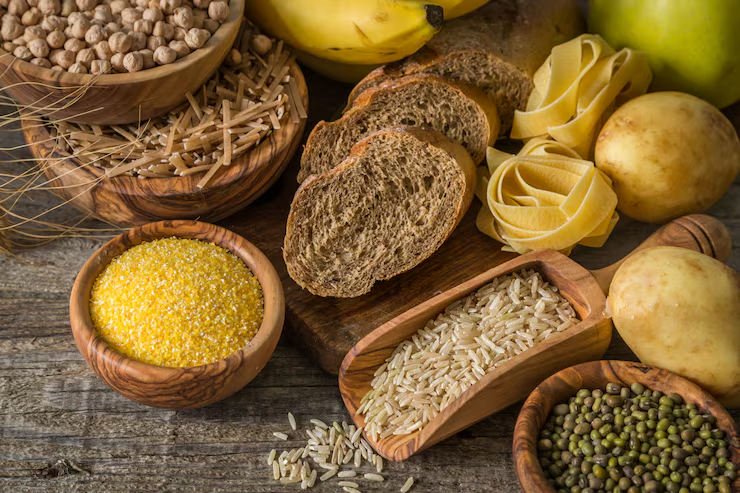
Diabetes and kidney disease diet planning often starts with smart carbohydrate control. Carbohydrates directly impact blood sugar levels, which can worsen both diabetes and kidney damage if not managed properly. That’s why portion control and the type of carbs consumed are essential.
Focus on complex carbohydrates like whole grains, vegetables, and legumes, which release sugar slowly into the bloodstream. Avoid simple sugars found in soda, sweets, and processed foods, as they cause rapid spikes in blood glucose. For kidney health, it’s also important to choose low-potassium vegetables if your potassium levels are high.
Balancing carbs with adequate protein and healthy fats helps stabilize blood sugar and prevents additional strain on the kidneys. Monitoring your total daily intake and spreading it across meals can further support glucose control. Following a diabetes and kidney disease diet that prioritizes smart carb choices can help protect both your blood sugar levels and your kidney function long-term.
Why it matters: Carbs raise blood glucose levels, which can further damage kidneys.
Tips:
Choose complex carbs like whole grains (only if potassium and phosphorus levels are normal), oats, and barley.
Limit simple carbs like sugar, white bread, soda, and pastries.
Use a carb-counting method or the plate method (half vegetables, one-quarter lean protein, one-quarter carbs).
Best Ingredients:
Quinoa
Brown rice (in moderation)
Non-starchy vegetables (like spinach, carrots)
Lentils (limited and portioned)
Benefits:
Improved blood sugar control
Reduced insulin resistance
Balanced energy levels
Reduce Sodium Intake
Diabetes and kidney disease diet plans must emphasize low sodium intake to protect kidney function and support heart health. Excessive sodium can increase blood pressure, which is already a concern for people with diabetes and kidney issues. High blood pressure further damages the kidneys, accelerating disease progression.
Processed foods, canned soups, salty snacks, and restaurant meals are major sodium culprits. Instead, opt for fresh, whole foods like fruits, vegetables, and lean proteins. Season meals with herbs and spices instead of salt to enhance flavor without adding harmful sodium. Reading nutrition labels carefully can also help you track and limit your intake.
Following a diabetes and kidney disease diet with reduced sodium can help manage fluid retention, lower blood pressure, and ease the burden on your kidneys. Over time, this adjustment not only helps control diabetes but also slows the progression of kidney disease, supporting better overall health and well-being.
Why it matters: Excess sodium increases blood pressure, worsening kidney function.
Tips:
Aim for less than 2,300 mg of sodium per day (often lower is better).
Avoid processed foods, canned soups, frozen dinners, and salty snacks.
Season with herbs, lemon, or garlic instead of salt.
Best Ingredients:
Fresh herbs (basil, thyme)
Lemon juice
Vinegar
Unsalted nuts (in moderation)
Benefits:
Lower blood pressure
Reduced kidney load
Improved fluid balance
Watch Your Protein Intake
Diabetes and kidney disease diet guidelines emphasize careful monitoring of protein intake. While protein is essential for muscle repair and overall health, consuming too much can strain the kidneys, especially when they are already compromised due to chronic disease. Excess protein leads to increased waste production, which the kidneys must work harder to eliminate.
People managing both diabetes and kidney disease should focus on moderate amounts of high-quality protein sources. These include skinless poultry, fish, tofu, and egg whites. Reducing red and processed meats is also beneficial, as they can increase inflammation and worsen kidney function. Plant-based proteins are often a gentler alternative for the kidneys.
Adjusting protein intake according to your stage of kidney disease and blood sugar levels is critical. A tailored diabetes and kidney disease diet supervised by a registered dietitian can ensure you’re getting enough nutrients without overloading your kidneys, helping maintain better long-term health outcomes.
Why it matters: While protein is vital, too much can strain the kidneys.
Tips:
Moderate protein intake: balance is key.
Choose high-quality proteins like egg whites, chicken, or fish.
Avoid high-phosphorus meats like organ meat or red meat in excess.
Best Ingredients:
Skinless poultry
Egg whites
Tofu (low-potassium types)
White fish (tilapia, cod)
Benefits:
Reduced nitrogen waste build-up
Maintained muscle mass
Less kidney stress
Limit Potassium-Rich Foods (if advised)
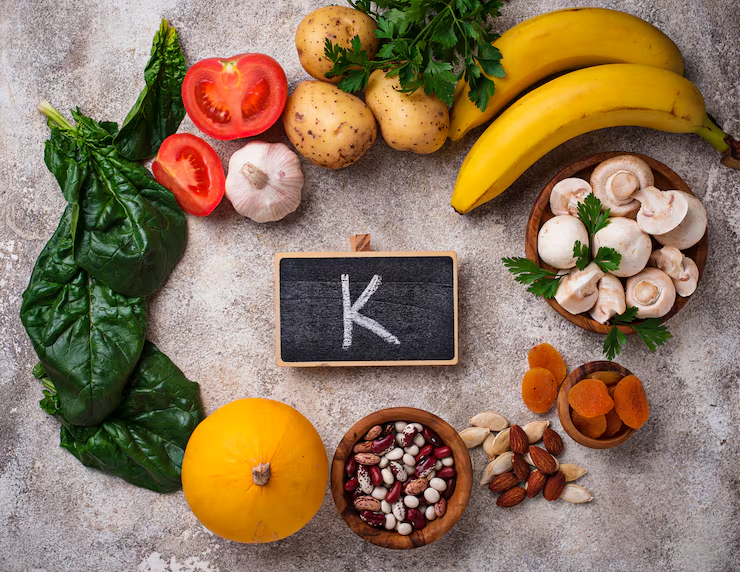
Diabetes and kidney disease diet plans often require limiting potassium-rich foods, especially as kidney function declines. Potassium is an essential mineral that supports nerve and muscle function, including heart rhythm. However, damaged kidneys struggle to eliminate excess potassium from the blood, leading to a condition called hyperkalemia, which can be dangerous.
Common high-potassium foods include bananas, oranges, potatoes, tomatoes, and spinach. While these foods are healthy for most people, they may need to be restricted in individuals with kidney issues. Instead, lower-potassium options like apples, blueberries, green beans, and white rice may be safer alternatives.
Always consult a healthcare provider before making changes, as potassium needs vary depending on lab results and disease stage. Managing potassium carefully as part of your diabetes and kidney disease diet can help prevent complications, protect heart health, and keep potassium levels balanced while still enjoying a nutritious and satisfying diet.
Why it matters: Damaged kidneys may struggle to balance potassium, risking heart issues.
Tips:
Get your potassium levels tested regularly.
Limit bananas, oranges, potatoes, tomatoes, and avocados.
Choose low-potassium fruits and vegetables.
Best Ingredients:
Apples
Berries
Cabbage
Cauliflower
Pineapple
Benefits:
Reduced risk of irregular heartbeat
Safer electrolyte balance
Easier fluid control
Phosphorus Control
Diabetes and kidney disease diet plans often emphasize phosphorus control, as excess phosphorus can lead to serious complications when kidney function is impaired. Phosphorus is a mineral that helps build strong bones and teeth, but when the kidneys are damaged, they can’t filter it out properly, causing levels to rise in the blood.
High phosphorus levels can lead to calcium being pulled from the bones, making them weak and brittle. It may also result in dangerous calcium deposits in the blood vessels, heart, and other organs. Common phosphorus-rich foods include dairy products, nuts, seeds, beans, and colas.
People following a diabetes and kidney disease diet should focus on low-phosphorus foods such as fresh fruits, vegetables, white rice, and refined grains. Reading labels and avoiding phosphate additives in processed foods is crucial. With proper guidance, phosphorus can be managed effectively, reducing risk of bone disease and cardiovascular problems.
Why it matters: High phosphorus can weaken bones and damage organs in kidney patients.
Tips:
Avoid processed cheeses, dark colas, nuts, and whole grains (phosphorus-rich).
Read food labels—look for “phos” additives.
Use phosphorus binders if prescribed.
Best Ingredients:
Rice milk (unenriched)
Cream cheese (in moderation)
Low-phosphorus vegetables
Benefits:
Stronger bones
Reduced cardiovascular risk
Slowed kidney disease progression
Stay Hydrated—But Wisely
Diabetes and kidney disease diet recommendations often include hydration guidance, but it’s essential to approach fluid intake wisely. While staying hydrated supports kidney function and helps flush out toxins, too much fluid can be harmful—especially in later stages of kidney disease when the body may struggle to eliminate excess water.
For individuals with diabetes, balanced hydration also helps control blood sugar levels. However, drinks high in sugar or caffeine should be avoided. Instead, opt for water, herbal teas, or other low-sugar beverages. It’s also important to monitor sodium intake, as high salt levels can increase thirst and cause fluid retention.
In a diabetes and kidney disease diet, your doctor or dietitian may advise limiting fluids if swelling, shortness of breath, or high blood pressure becomes a concern. The goal is to drink enough to stay hydrated without overloading the kidneys. Portioning fluids throughout the day can help maintain the right balance.
Why it matters: Proper hydration helps kidneys filter waste, but too much fluid can be dangerous in advanced CKD.
Tips:
Drink fluids as per your doctor’s advice.
Limit sodium to control thirst.
Monitor fluid intake if swelling or shortness of breath occurs.
Best Ingredients:
Water with lemon
Herbal teas (no added potassium)
Ice chips (to control intake)
Benefits:
Reduced toxin build-up
Better blood pressure
Improved kidney efficiency
Choose Heart-Healthy Fats
Diabetes and kidney disease diet planning should include heart-healthy fats to support cardiovascular health and reduce inflammation. People with both conditions are at a higher risk of heart disease, making it vital to replace saturated and trans fats with healthier options like monounsaturated and polyunsaturated fats.
Sources of heart-healthy fats include olive oil, avocados, nuts (in moderation), and fatty fish like salmon and sardines. These fats can help improve cholesterol levels and support overall well-being. However, portion control is crucial, as fats are calorie-dense and can impact weight management—a key factor in managing diabetes.
In a well-balanced diabetes and kidney disease diet, limit unhealthy fats found in fried foods, processed snacks, and fatty cuts of meat. Instead, focus on grilled or baked options using healthy oils. Always check food labels for hidden sources of trans fats. Making these mindful swaps not only protects your heart but also supports better kidney and blood sugar function.
Why it matters: People with diabetes and CKD are at high risk for heart disease.
Tips:
Use unsaturated fats like olive oil and avocado (if potassium is not restricted).
Avoid trans fats and limit saturated fats.
Watch portion sizes—fat is calorie-dense.
Best Ingredients:
Olive oil
Flaxseeds
Chia seeds (in moderation)
Fatty fish (salmon, if allowed)
Benefits:
Lower cholesterol
Reduced inflammation
Improved cardiovascular health
Embrace Plant-Based Foods Carefully
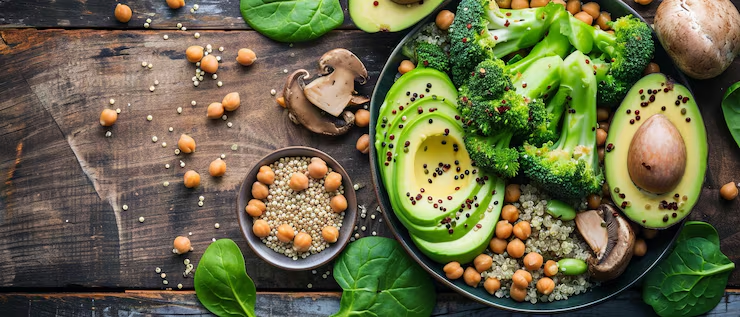
Diabetes and kidney disease diet planning can benefit greatly from including plant-based foods—but with caution. Whole plant foods like vegetables, fruits, legumes, and whole grains are rich in fiber and nutrients that help regulate blood sugar and support heart health. However, kidney disease requires careful monitoring of certain minerals.
Some plant foods are high in potassium and phosphorus, which may need to be limited depending on kidney function. For example, bananas, oranges, beans, and nuts can be healthy but problematic if these minerals are restricted. It’s important to work with a healthcare provider or dietitian to select the right portions and types of plant-based foods.
A well-balanced diabetes and kidney disease diet should include low-potassium vegetables like green beans, cucumbers, and cauliflower, along with moderate amounts of grains like rice and oats. When planned properly, a plant-forward approach can lower inflammation, support blood sugar control, and protect kidney function over time.
Why it matters: Plants are rich in antioxidants, fiber, and beneficial compounds—but some may be high in potassium or phosphorus.
Tips:
Focus on low-potassium, low-phosphorus vegetables.
Incorporate fiber-rich foods to improve blood sugar control.
Be mindful of legumes—soak and cook properly.
Best Ingredients:
Zucchini
Cauliflower
Cucumber
Green beans
Apples and berries
Benefits:
Better digestion
Reduced toxin absorption
Slower progression of both diabetes and CKD
✅ Bonus Tips for Long-Term Success
Track your meals: Use a food diary or app to monitor nutrients.
Consult a renal dietitian: They tailor the plan to your needs.
Stay active: Movement complements dietary efforts.
Read food labels: Look for hidden sodium, sugar, and phosphorus.
Get regular blood work: Monitor blood sugar, kidney function, potassium, and phosphorus.
🧾 Sample One-Day Meal Plan
🥗 Sample Diabetes and Kidney Disease Diet Plan
| Meal | Menu |
|---|---|
| Breakfast | – Scrambled egg whites – 1 slice white toast with unsalted butter – ½ cup blueberries – Herbal tea |
| Lunch | – Grilled chicken breast – Cabbage slaw with olive oil dressing – ½ cup white rice – Apple slices |
| Snack | – Unsalted rice cakes – Cream cheese |
| Dinner | – Baked cod with lemon and herbs – Steamed cauliflower and zucchini – ½ cup pineapple |
| Fluids | – 6–8 cups of approved fluids (as advised by doctor) |
Conclusion
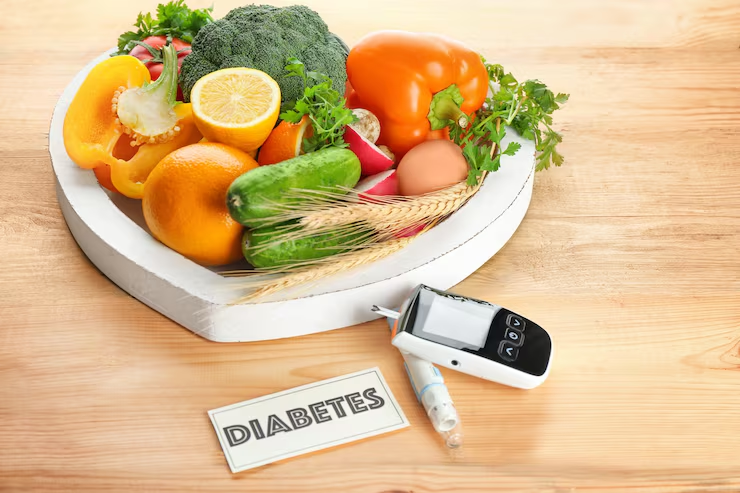
Managing diabetes and kidney disease diet is more than a medical routine—it’s a powerful step toward a healthier and more fulfilling life. The foundation lies in understanding your body’s unique needs and how food directly affects your blood sugar, kidney function, and overall energy levels.
Being intentional with your choices—such as reducing sodium, managing protein, and monitoring potassium and phosphorus—can greatly slow disease progression. Thoughtful meal planning and portion control are essential parts of a successful diabetes and kidney disease diet. Each plate becomes an opportunity to support your health.
While lifestyle changes may seem overwhelming at first, you’re not alone. Work closely with dietitians and healthcare professionals who understand your needs. With the right strategy, support, and mindset, you can take control of your health. Always remember: food isn’t just nourishment—it’s one of your strongest medicines in managing a diabetes and kidney disease diet. Choose wisely, and thrive with confidence.
FAQs
Q1. What is the best diabetes and kidney disease diet ?
The best diabetes and kidney disease diet focuses on controlling blood sugar, reducing sodium, and limiting potassium and phosphorus. It includes lean proteins, low-glycemic carbs, and heart-healthy fats while avoiding processed foods and sugary items.
Q2. Can I eat fruits on a diabetes and kidney disease diet ?
Yes, but in moderation. Fruits like apples, berries, and grapes are lower in potassium and sugar, making them safer choices in a diabetes and kidney disease diet. Always consult your doctor or dietitian for a personalized plan.
Q3. How much protein should I eat on a diabetes and kidney disease diet ?
Protein needs vary, but a diabetes and kidney disease diet typically includes moderate protein intake. Too much can strain the kidneys, while too little may cause muscle loss. Balance is key.
Q4. Are whole grains allowed in a diabetes and kidney disease diet ?
Some whole grains may be high in phosphorus. In a diabetes and kidney disease diet, it’s best to opt for white rice or refined grains if phosphorus levels are elevated, unless your doctor advises otherwise.
Q5. Can I manage both diabetes and kidney disease with diet alone ?
While medication is often needed, a proper diabetes and kidney disease diet plays a major role in managing both conditions. Diet, exercise, and regular monitoring work together for best results.
